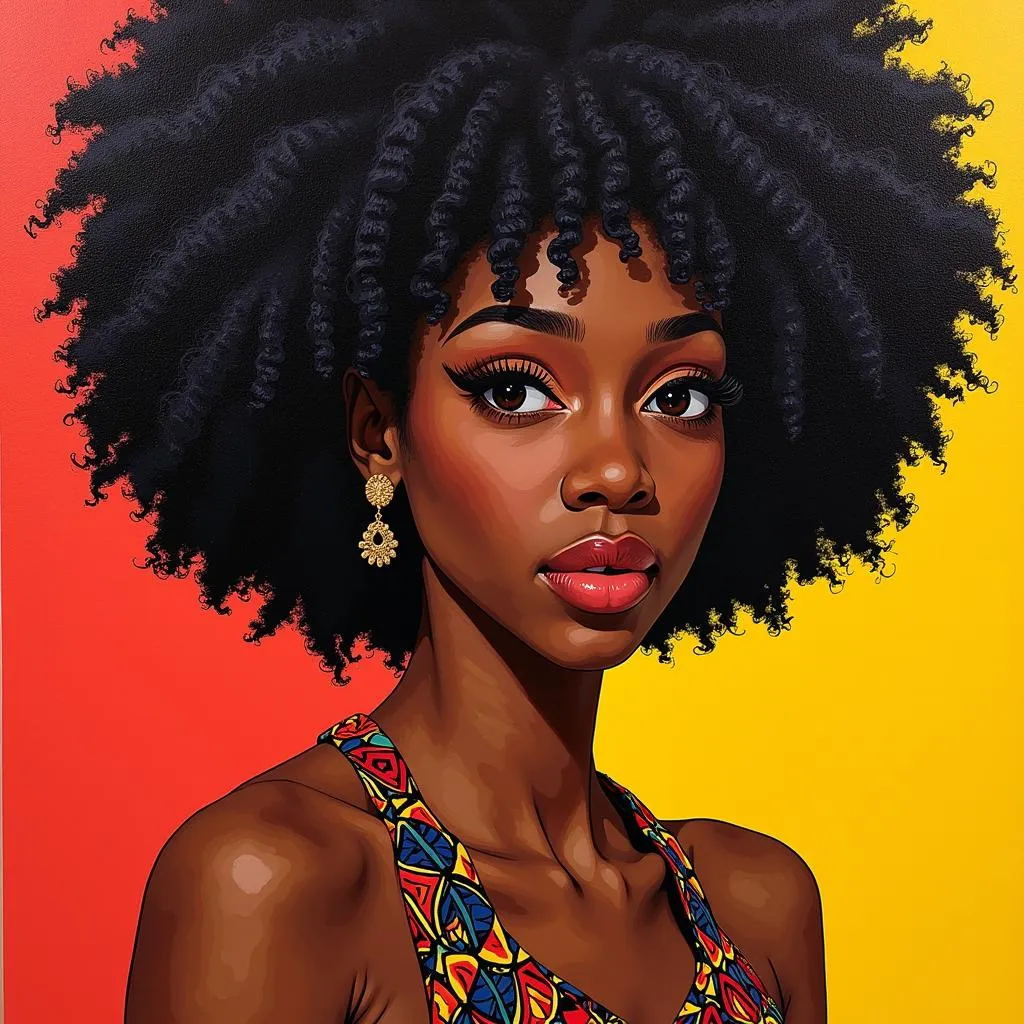The Enchanting World of African Ballroom Dance
African Ballroom Dance is a vibrant and captivating fusion of traditional African rhythms, movements, and European ballroom styles. It’s a beautiful tapestry woven from diverse cultural threads, reflecting the rich history and artistic expression of the African continent. From the energetic steps of the Kwasa Kwasa to the graceful sway of the Rumba, African ballroom dance offers a unique and mesmerizing experience for both dancers and spectators.
African ballroom dance isn’t just about the steps; it’s a storytelling medium, a celebration of life, and a powerful expression of cultural identity. The music, costumes, and movements all contribute to a rich and immersive experience that transcends mere entertainment. Dive in and discover the magic of this captivating dance form. Find out what makes African ballroom dance so special.
Exploring the Rhythms and Roots of African Ballroom Dance
African ballroom dance is deeply rooted in the traditional dances of various African communities. These dances often served important social functions, such as celebrating harvests, marking rites of passage, or honoring ancestors. Over time, these traditional movements were blended with European ballroom styles introduced during the colonial era, creating a unique hybrid that retains the spirit of African dance while incorporating the elegance and structure of European forms. This fusion led to the emergence of distinct African ballroom styles that reflect the diverse cultural landscape of the continent. Soon after the integration, African ballroom dance became a staple in social gatherings and celebrations throughout Africa.
The influence of traditional African music is undeniable in African ballroom dance. Polyrhythms, syncopation, and call-and-response patterns create a dynamic and infectious energy that drives the dancers’ movements. The music is often played on traditional instruments like drums, marimbas, and kora, adding an authentic and captivating dimension to the dance experience. Learn more about the rich tapestry of African American music culture.
Popular Styles of African Ballroom Dance
From the sensual Rumba, often referred to as the “love dance,” to the energetic Kwasa Kwasa, which originated in the Democratic Republic of Congo, African ballroom dance offers a variety of styles to explore. Each dance tells its own story, reflecting the unique cultural heritage of its region of origin.
- Rumba: Characterized by its slow, sensual movements and close embrace, the Rumba is a popular choice for couples.
- Kwasa Kwasa: This high-energy dance is known for its fast-paced steps and rhythmic hip movements.
- Highlife: Originating in Ghana, Highlife is a vibrant and joyful dance style often performed at celebrations.
These are just a few examples of the many diverse and captivating styles found within African ballroom dance. Each region and community has its own unique interpretations and variations, making it a constantly evolving and dynamic art form. For those planning an African themed event, explore African Embrace Events & Wedding Planning Johannesburg.
What is the Significance of Costumes in African Ballroom Dance?
Costumes play a vital role in African ballroom dance, adding another layer of artistry and cultural expression. Often vibrant and elaborate, the costumes reflect the rich traditions and symbolism of different African communities. From flowing gowns adorned with intricate beadwork to brightly colored wraps and headdresses, the costumes enhance the visual spectacle of the dance and contribute to the overall storytelling. Learn more about African bridesmaid dresses short.
Learning and Appreciating African Ballroom Dance
Whether you’re an aspiring dancer or simply appreciate the beauty and cultural richness of this art form, there are many ways to engage with African ballroom dance. Dance classes are available in many communities, offering an opportunity to learn the steps and experience the joy of dancing firsthand. Attending performances and cultural events is another great way to immerse yourself in the vibrant world of African ballroom dance. For a fascinating overview, check out the African American dance history timeline.
Conclusion
African ballroom dance is more than just a dance; it’s a vibrant expression of African culture, history, and artistry. From its rhythmic roots to its dazzling costumes, African ballroom dance offers a captivating experience for dancers and audiences alike. So, immerse yourself in the enchanting world of African ballroom dance and discover the magic for yourself.
FAQ
- What are the most popular African ballroom dances? Rumba and Kwasa Kwasa are among the most popular.
- Where did African ballroom dance originate? It evolved from a fusion of traditional African dances and European ballroom styles.
- What is the significance of costumes in African ballroom dance? They are integral to the visual storytelling and cultural expression.
- How can I learn African ballroom dance? Look for classes in your community or explore online resources.
- What makes African ballroom dance unique? Its blend of African rhythms and European ballroom techniques.
- What is the role of music in African ballroom dance? Music provides the energy and rhythmic foundation for the dance.
- What is the cultural significance of African ballroom dance? It reflects the rich history and traditions of African communities.
Other Questions You Might Have
- What are the different regional variations of African ballroom dance?
- Who are some famous African ballroom dancers?
- How has African ballroom dance evolved over time?
Find More on African Life
- Explore articles on other African dance forms.
- Discover the vibrant world of African music.
- Learn about African fashion and design.
Need Help?
For any assistance, please contact us:
Phone: +255768904061
Email: kaka.mag@gmail.com
Address: Mbarali DC Mawindi, Kangaga, Tanzania
We have a 24/7 customer service team ready to assist you.


